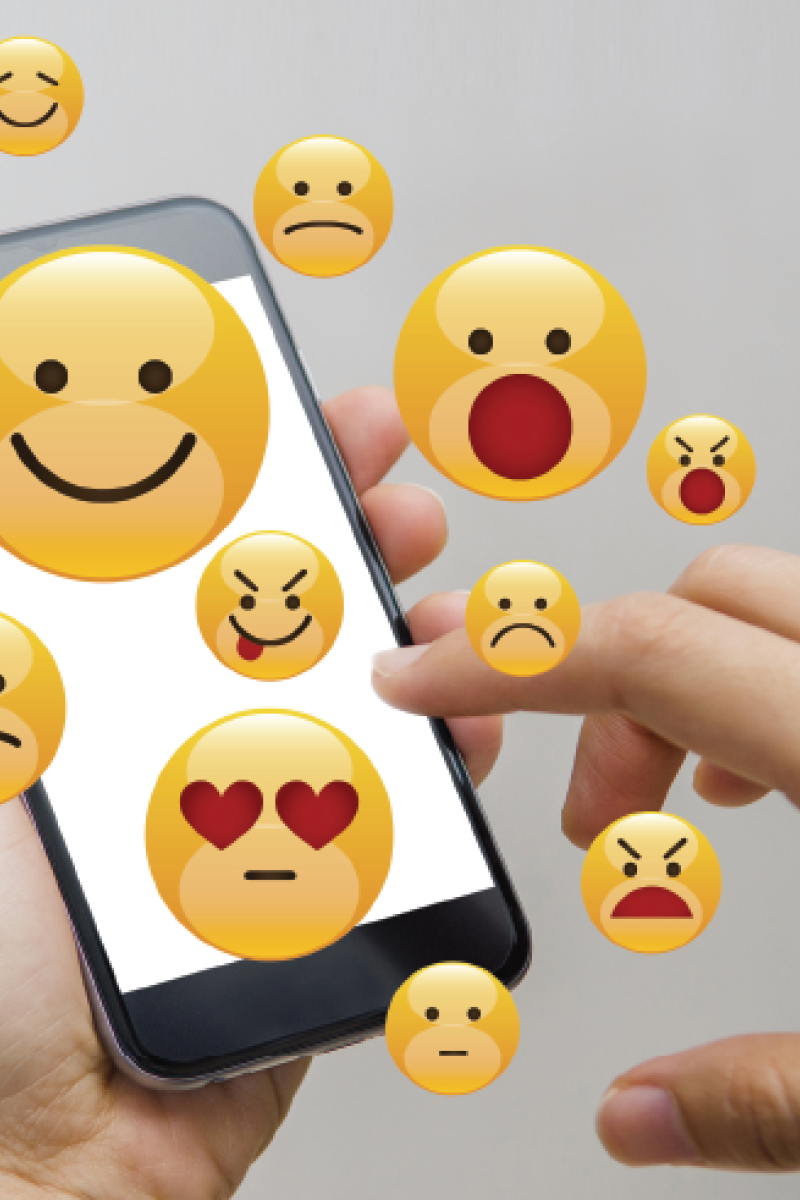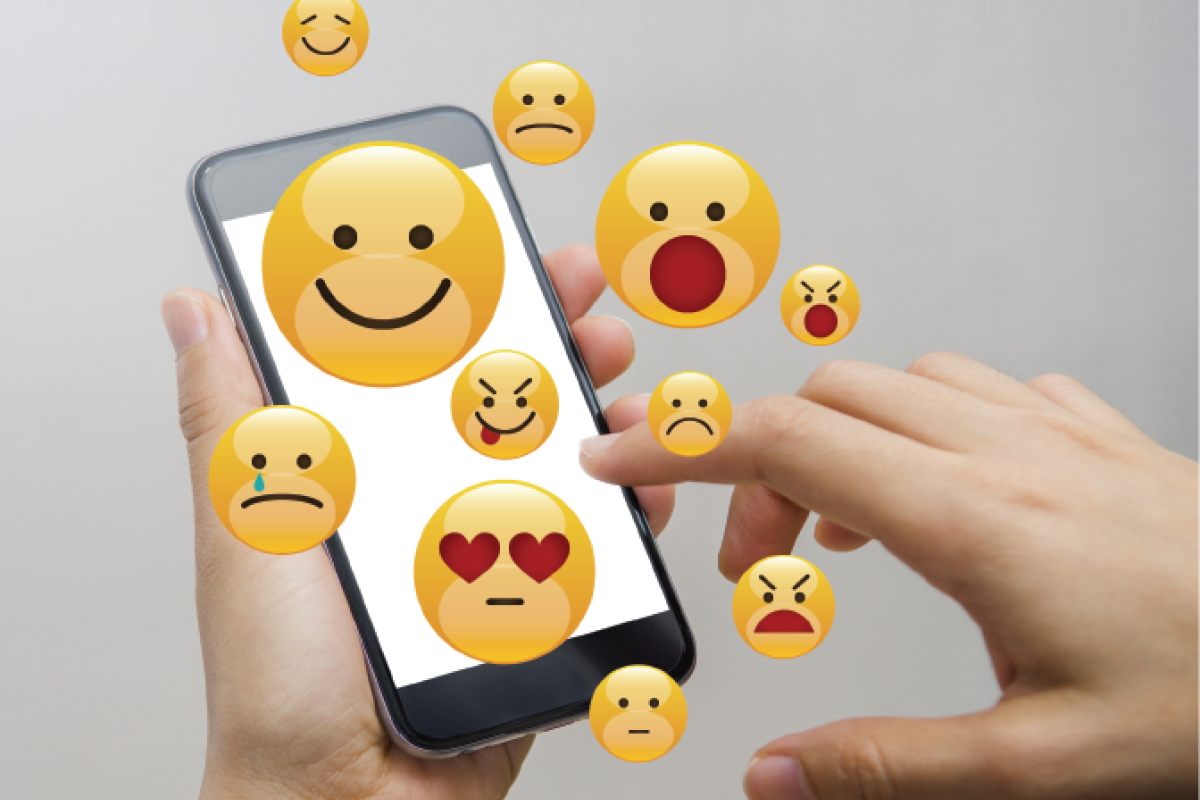
From 1881 to World Emoji Day: things you never knew about the history of emoticons
From four humble typographic symbols to starring in their own movie, here’s the history of the emoji you know and love today

If you’ve ever used any of the calendar emoji on your phone, you might have noticed something unusual about them. They all say the same date: July 17. That’s because July 17 – today! - is World Emoji Day. It may be an unofficial holiday, but netizens everywhere will be celebrating the occasion with tweets and posts and plenty of calendar emojis - you can expect #WorldEmojiDay to be trending already.
While you may not have been aware of World Emoji Day, it nevertheless shouldn’t come as much of a surprise that our beloved heart-eyes, facepalming and flame icons have a date dedicated to them. Emoji have become ubiquitous in popular culture, appearing everywhere from cushions to cakes to Halloween costumes. Not only do they play a vital role in the way we communicate with one another, they have also taken on a life of their own away from the keyboard.
Last October, the original 1999 set of emojis entered the ranks of modern art when they were acquired by the Museum of Modern Art in New York for its permanent collection. They are also soon to be immortalised in film, when Sony Pictures’ 3D animation The Emoji Movie hits cinemas this summer. Emoji have even found their way into politics, as protesters in the Philippines could be seen holding emoji signs last month during demonstrations against president Duterte. And just two days ago, Ireland, Brazil, the UK, China, Russia, and the UAE proved that World Emoji Day truly is a global event by each taking part in an attempt to break the world Guinness record for the number of people dressed in emoji costumes.
But although these icons have become emblematic of modern society, they actually have a longer history than you might think. In their former lives as emoticons, which are typographic symbols as opposed to pictographic ones, they appeared in the pages of 19th century US comic magazine Puck way back in 1881. That means they pre-date the radio, ball-point pens, candyfloss and coca cola. In the March 30 issue of the magazine, four emoticons were featured under the subheading ‘typographical art’, denoting joy, melancholy, indifference, and astonishment.
Fast forward a century to 1982, and emoticons entered the digital world. Around this time, online bulletin boards were becoming a popular way to communicate, particularly in academic circles, but users needed a way to distinguish between serious and humorous messages. Scott Fahlman, a research professor of computer science at Carnegie Mellon University in the US, who regularly used online message boards to talk to other staff members on campus, came up with idea of using a sideways smiley face or sad face to denote either a funny or serious post.
It took almost another two decades, however, for these typographic emoticons to take the pictographic form we’re more familiar with today. They were designed by engineer Shigetaka Kurita for the Japanese communications firm NTT DoCoMo 1998, and finally made their mobile phone debut the following year. The word emoji is a contraction of the Japanese words, which means picture, and moji, which means character. Emoji, therefore, roughly translates to pictograph.
The designs weren’t quite as sophisticated as the ones we know and use today; each one was made on a grid of 12x12 pixels, and while colour was just around the corner, they were initially only in black and white. Although some of these emoji are difficult to distinguish, there are hints of what was to follow, with several hearts and a ‘fist bump’ featuring among the icons.
It wasn’t until 2011 that Apple first introduced emoji to the iPhone, closely followed by Android, but it’s already hard to imagine them having ever been absent from our phone keyboards. Updates since then have seen emoji become more and more inclusive, with new sets of female emoji, variations of skin tone and a rainbow flag being added last year. From their humble beginnings, these symbols have themselves become symbolic of something much greater; they have become a universal language for the digital age.
Timeline
1881 – First recorded use of emoticons in Puck magazine
1982 – First use of emoticons on an online platform
1998 – Creation of emojis for use on pagers or mobile phones
2011 – Introduction of emojis onto iPhone
